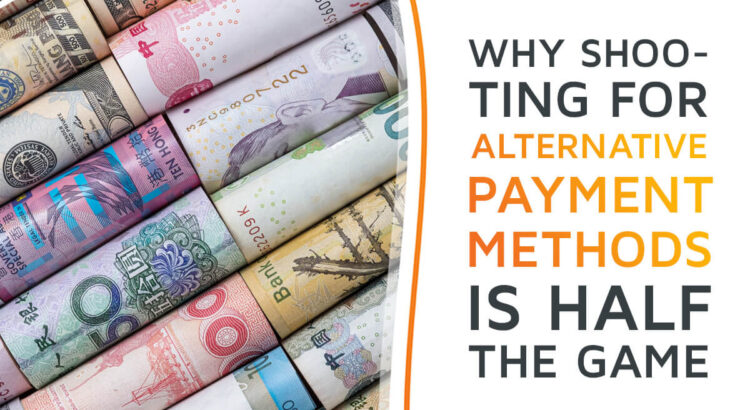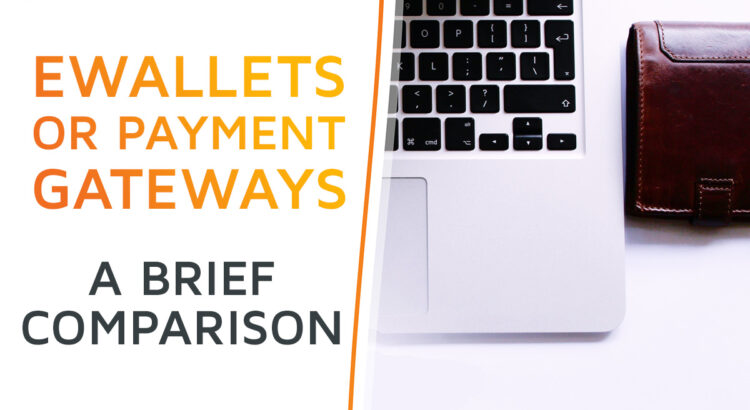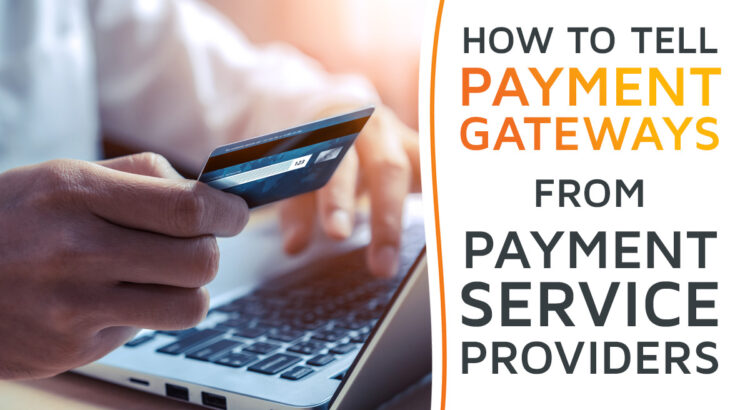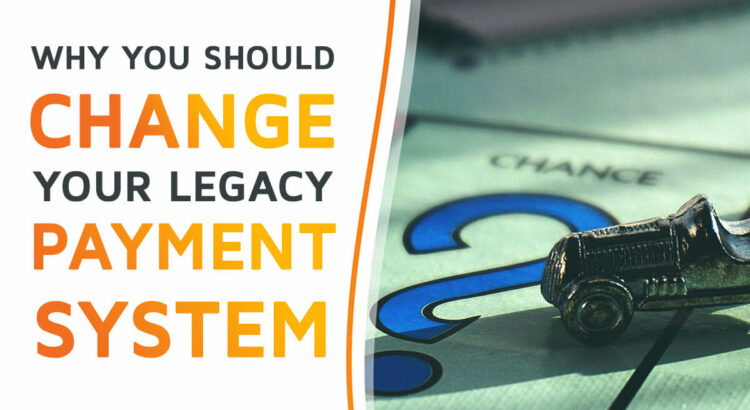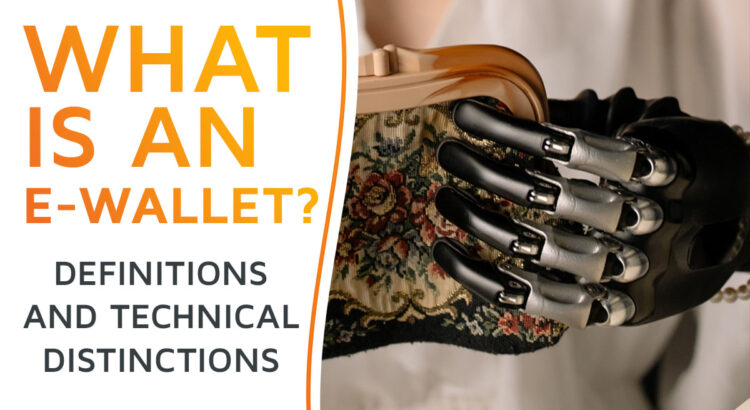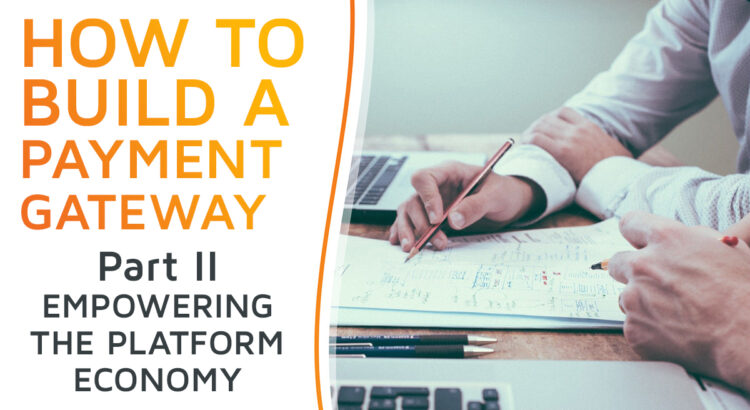Around 200 different payment methods exist around the globe – every single one has its fans. That’s not surprising: Our local payment culture influences which payment methods (or payment service providers) we prefer. Factors such as perceived payment trends, word-to-mouth, and genuine economic and regulatory conditions all shape our preference for one way of payment or the other.
For every company aiming for a new market, it’s crucial to understand the local payment customs inside out. And that’s just the preliminary: Integrating local payment methods and providers can be complex and costly on the technical side. This article will help companies without a payment software background navigate the playing field. How to set up a custom payment system that simplifies payment method integration?
The article details:
- The benefits and challenges of local payment methods
- Why a custom payment system makes alternative payment method integration easier
- How to set up a global payment system with CoreWallet, featuring an orchestration layer for local payment methods
Let’s begin…
Read More